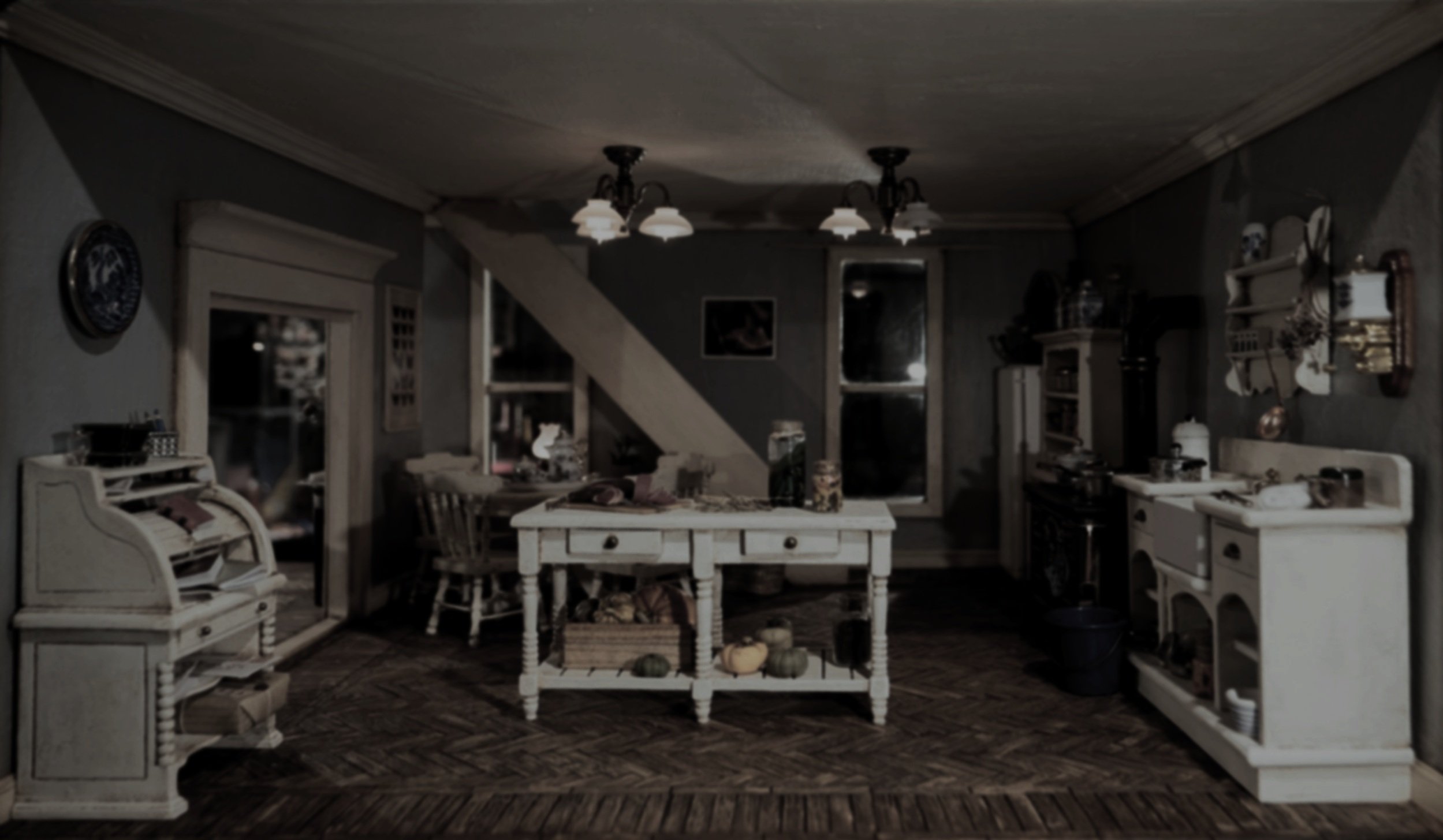
Alisa

Reviewed 09-27-2024
Analog horror is a very specific genre and this game personifies it perfectly. It’s clunky, creepy, campy and crazy. The camera angles can cause some problems and boss design is wild. It has more complex mechanics than others within the genre that really helps set it apart. All of these factors make Alisa a unique experience in a genre that feels rudimentary in its design scope.
There are various dresses that give you certain bonuses, like faster reload times or monstrous defense. Various weapons are available as well, but are fairly standard fare. The shotgun, assault rifle and magnum all work how you would expect, but one that shines above the rest is the sabre. This weapon is the only way I have found to parry attacks. I used the parry to defeat a boss that would have been insanely difficult otherwise. It almost seems too strong because the timing is generous, however the skill comes with timing counter attacks. Some enemies will swing so fast that you won’t be able to counter attack even if you parry, and bosses have moves that you can’t parry. It’s a deeper system than it seems on the surface and learning the nuances of it was a fun way to play. The dresses and weapons compliment each other well and allow for some experimentation level that I didn’t expect. These options allow you to adjust your fighting style on the fly as long as you have the toothwheels.
Toothwheels are the currency by which you upgrade Alisa and unlock dresses and weapons. These come from defeating enemies, but you can find a few hidden in the house. There’s a risk versus reward aspect here as most dolls you can run around without any issues, so the shop is an option rather than an obligation. The only thing you’ll need to do there is save the game, which requires only one toothwheel. You could definitely finish the game with the default dress and pistol, but utilizing new tools and outfits is what kept me invested until the conclusion.
There’s also a lot of secrets and optional items within the game. I purchased stone teeth from the vendor because I thought I needed them to progress. Apparently you don’t and I used them on a weird door that gave me a new outfit to wear. When wearing it you can’t use any weapons, but the dress has chains that you can use to whip enemies. It didn’t feel particularly good, but that might just be my playstyle. Discovering the optional outfit was exciting enough and I was intrigued at what other secrets the game might hold (enough to do a second run).
There are quite a few enemy types and they range from standard dolls, to clowns, ballerinas, fish people, and even plant creatures. They all have different attack patterns and defenses, but a gun works just as well on each of them. There’s a level of creativity with the enemies that I haven’t seen anywhere else. Despite a couple only being used once, they have their own animations and attack patterns. It shows how much care went into their designs, despite their underutilization.
As a love letter to old school horror, this game hits the mark in the story department. The premise starts off with Alisa being sent to find a man who stole blueprints from her country’s government. She and her partner investigate a rural community and she ends up getting dragged into an underground dollhouse. From there she fights horrors, solves puzzles and tries to escape the dollhouse while also attempting to find her mark. Through environmental storytelling and a handful of notes, she learns more about the dollhouse’s sinister history, which helps her find her best possible route for escape. A few of your choices impact how the story progresses, but not by much. As far as I know, there are only a couple endings and none are wholly satisfying. Their open endedness leaves me desperate for closure, and I hope we get a sequel at some point. If this is where it ends though, I’ll be partially disappointed in the aspect of the story, but still satisfied with the experience overall.
There are a sparse number of NPCs within the story, but they’re all rich with character. Alisa herself seems unbothered by the more abnormal things that happen to her. A general theme of the dialogue that is prevalent with all the characters is its camp. They all talk like they’re unsure of what they’re saying. The performances reinforce the ridiculousness of it all as they are all either deadpan or unhinged. It seems so eerie with the way they speak and it’s a stylistic choice that makes me appreciate it even more. At first I wasn’t sure if it was on purpose or not, but when the first boss laughs his arms wave erratically and that’s when I knew. It’s all very charming and fits with the design philosophy of the era it tries to emulate.
I really like Alisa. Analog horror is making a name for itself as its own sub-genre because of the criteria I mentioned here. The emergence of this is due to the direction that horror games have taken in recent years. They’re more cinematic and serious, and while that’s expected, it leaves room for more niche experiences to carve their own path. That is Alisa. It’s an experience based on the designs of older horror titles with some modern ideas blended in. I recommend it to anyone who likes horror, if not just so you can experience what horror games used to be like.


